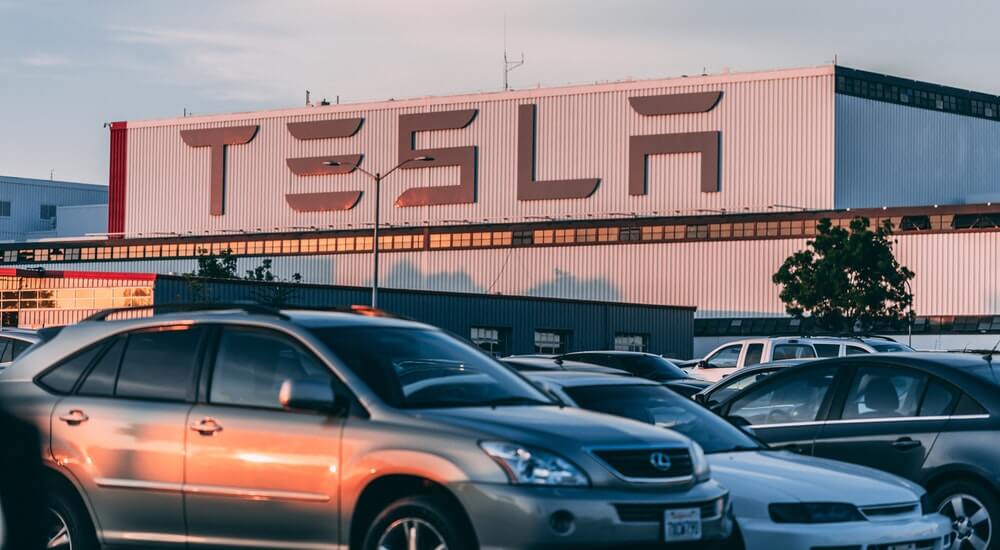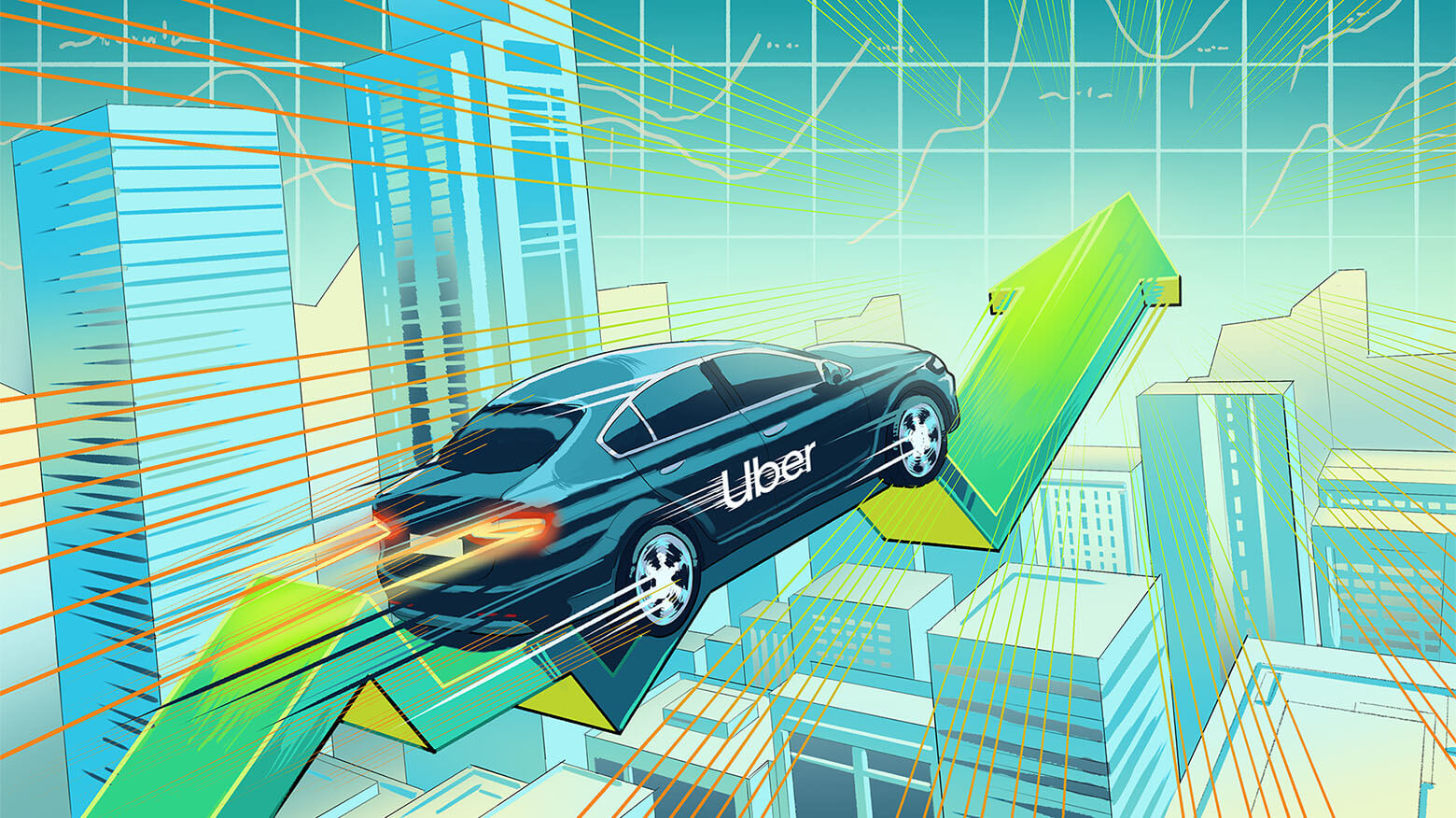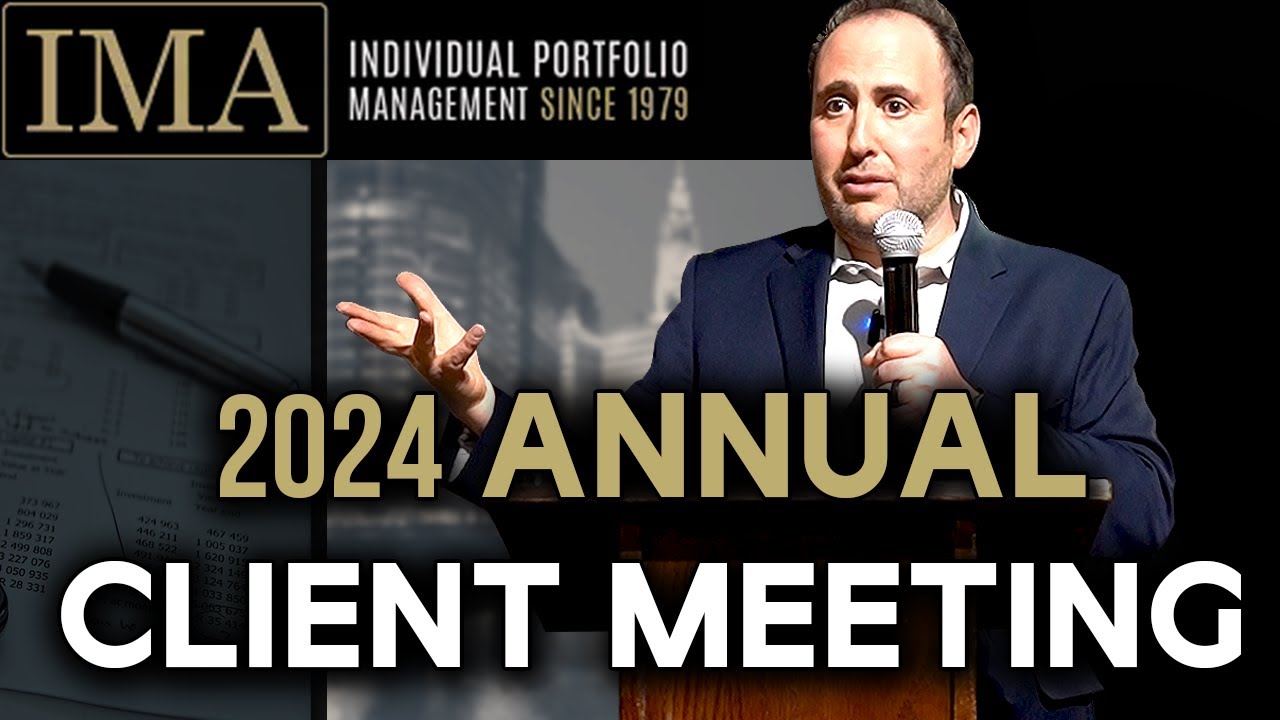I wrote the following article as part one of a two-part conclusion to my 37-page Tesla and EV industry analysis. (You can get complete analysis as an email series, PDF, EPUB or Kindle ebook here or email at , or you can listen to it as an audio book; Part 1 here & Part 2 here).
If you had put a gun to my head a few months ago and asked me, “Long or short Tesla?” I’d have said short. Today, I’d ask you to gently put the gun away, get a glass of wine, slide into a very comfortable chair, and read my 37-page opus on Tesla. (You can get complete analysis here or email at ). After reading this Tesla mini-book, some readers have painted me as an enthusiastic bull, some as a bear, and some as an undecided observer.
Although I am a very enthusiastic Tesla Model 3 owner, as you are about to see, I can see both sides of the argument equally (more on “equally” later). This makes me neither bull nor bear but someone who can foresee distinctly different paths for Tesla the company and Tesla the stock.
Neither my company nor I are long or short Tesla shares. Why don’t we own it? Tesla stock violates the 4th commandment of value investing: It doesn’t have any margin of safety (what are the Six Commandments of Value Investing? You can receive them in your inbox here). Also, Tesla, despite many positives, does not meet the threshold of a high-quality company (at least not at this stage of its life).
Let me explain.
Unlike internal-combustion-engine (ICE) car producers, Tesla is vertically integrated; thus it is not just a designer, assembler, and marketer of cars, it also manufactures most of the parts (including the battery and self-driving CPU) that go into its cars, and it also owns the retail stores that sell Tesla vehicles to consumers (unlike ICE carmakers, it doesn’t wholesale cars to dealerships). This path, though potentially more rewarding and maybe even necessary, is both difficult and risky.
This business model creates very high fixed costs and thus requires a higher escape velocity (number of cars produced) to reach profitability. To make things more difficult, Tesla is still young for a car company, and excellence in car production comes from iteration. Tesla’s production techniques are still improving.
Tesla is losing money and has a lot of debt. The WeWork debacle has reminded investors that when financial markets are infatuated, they can throw billions at a company. But the second they sense fear and desperation, they go from valuing a company at $47 billion to … well, we still don’t know if WeWork, which is losing billions of dollars a year, can raise equity without diluting its existing shareholders into the dust.
You don’t need to have a great imagination to see a future in which Tesla needs to raise a few billion dollars of capital. By that point its cash will be gone, and debt investors alarmed by nearly $15 billion of debt and unending losses will refuse to lend. Equity investors, exhausted by promises made but not kept, will punish the company with a valuation that will make the capital raised incredibly dilutive, thus basically impairing anyone who bought shares of Tesla at current prices.
There is also a scenario where the company is down on its luck with financial markets, the stock price has fallen to, let’s say, $50; Tesla’s market capitalization is down to around $10 billion (to pick a nice round number); and an ICE car company or a Silicon Valley neighbor buys it. From today’s price that would result in a 75% permanent loss of capital.
And then there is the scenario where Tesla achieves escape velocity, turns profitable, and starts minting money. At this point Tesla’s success will again depend not only on its own prowess but on the strength of its competitors. As I discuss in great detail in my previous Tesla articles, it is not a foregone conclusion that every ICE automaker will successfully transition to become a profitable EV maker.
Since I have spilled so much ink on this I won’t repeat myself here, except to note that the GM worker strike is an example of how painful it is going to be for ICE makers to change the skillset of its workforce from designing and manufacturing engines to designing software.
Also, there is a very interesting documentary describing the struggle German ICE manufacturers are facing in the transition to EVs. As much as they want to welcome EVs – after all, Germany is trying desperately to switch to wind and solar – it has a hard time embracing the disruption that change will bring to its population (including massive layoffs) and the expenditures that will come with it.
If some ICE auto makers fail to transition to the EV domain, this may open a door for Tesla to grab market share. There are 80 million cars bought globally every year, 17 million of them in the US. Can Tesla produce 5 million cars a year? At $40,000 per car and with a 20% operating margin, that is $8,000 profit per car. You can do the math. Tesla could start making 10, 20, 40 billion dollars in profits. The stock price might go up… I don’t know, five-fold, to $1,000?
Tesla’s stock is now around $200 (sticking with round numbers again), and I can see a scenario where it crashes to $50 over the next few years or skyrockets to $1,000 over the next decade. Which is a 75% downside and a 500% upside.
As a purely intellectual exercise, we could look at Tesla stock as a game of chance – a coin flip. Tails, down 75%; heads, up 500%. If casinos offered this game, they would be out of business in a hot Las Vegas minute. But please note that I did not just provide possible outcomes, I also gave you very discrete probabilities with the coin flip analogy: a 50% chance of each bull and bear scenario playing out.
Now let’s come back to the muddy, slippery real world, where, I have to confess, I have absolutely no idea what probabilities to assign to either outcome. As long as Tesla is losing money, it is at the mercy of financial markets; and so we find ourselves in the murky world of complex systems, which requires a small detour.
Think of a complex system as a pot of soup that is prepared by one of those fancy French chefs with a big mustache and a toque, who proudly uses dozens of ingredients (most of which you cannot pronounce) in everything he cooks. Even if you identified, properly pronounced, and tasted each ingredient separately, you’d still have no idea what that soup would taste like. The interactions among ingredients modifies the sum of their individual properties in weird and wonderful ways.
Financial markets are just like this pot of soup except that they are supersized by an approximately infinite number of random variables coming from different directions, ranging from politics and presidential tweets to Mother Nature. Even if you have made a lot of prescient individual predictions – let’s say, about interest rates and unemployment – a trade war or shooting war will come out of left field to make all your predictions worthless.
Most cash-generative companies can withstand significant trepidation in the financial markets because their dependence on them is very tangential (they may need to refinance their debt only once every few years). Tesla’s ability to pay its bills (once it chews through its cash) is dependent on a myriad of factors that we cannot foresee. Therefore, in real life, assigning probabilities to Tesla’s success or failure is much more difficult than with the discrete probabilities you get with a coin toss.
The reason I took you on this theoretical journey is to show you that at today’s price Tesla is worse than a casino gamble, because aside from highly suspect estimate of upside and downside, we have a hard time assessing our chances. Though I suspect some of my readers will have strong opinions on the probabilities involved, I don’t.
If Tesla’s stock price declines to $50, then as long as you’re comfortable with my (highly hypothetical) best and especially worst-case scenarios, the best case at this point offers a 20x upside (from $50 to $1,000) and there is zero downside at the $50 price. At that price you really don’t have to have a brilliant insight into what lies ahead for Tesla.










0 comments